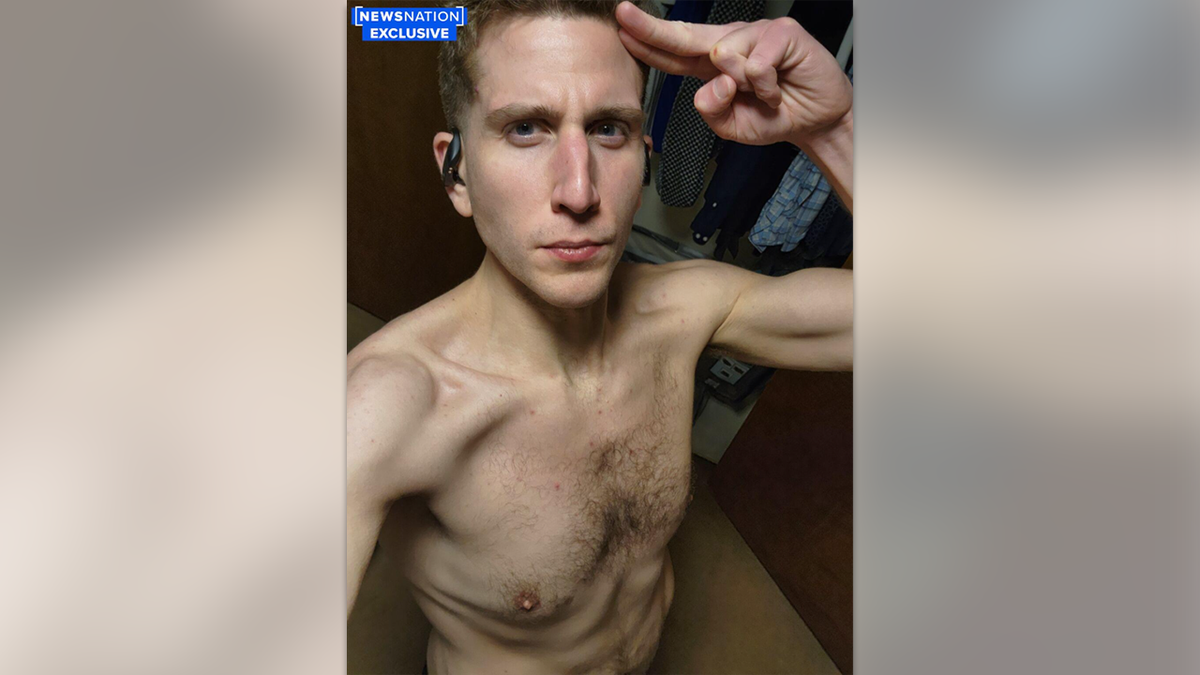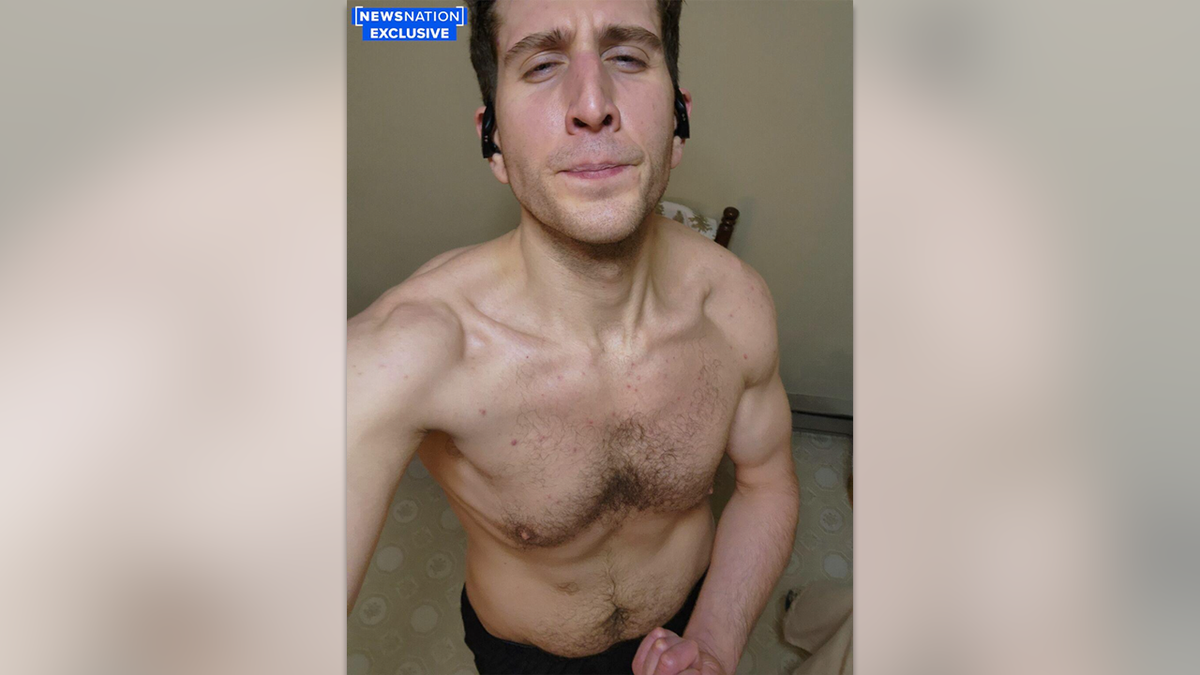In the quiet of his Washington State University apartment, a man stood before his phone. Bare-chested, he flexed, he pursed his lips, he saluted, he contorted his face into a grimace. He documented these moments, capturing them in the digital amber of his phone’s memory. But he never sent them.
He never posted them. The audience for this private performance was one person: himself. That man was Bryan Kohberger, and the discovery of these solitary selfies offers a chilling, perplexing glimpse into the psyche of the man who would go on to murder four University of Idaho students in an act of unimaginable brutality.

The images, recovered from Kohberger’s phone by digital forensics experts following his arrest, are deeply unsettling not for what they show, but for what they represent. They depict a banal, almost juvenile vanity. In one, he squints and pushes out his lips. In another, he offers a bizarre salute. In a third, a gaunt Kohberger flexes for the camera.
For the experts who unearthed them, the photos were immediately alarming. Heather Barnhart, a senior director at the forensics firm Cellebrite, compared the behavior to the vain, self-obsessed serial killer Patrick Bateman from the novel and film American Psycho. “It was like he admired his body,” she noted.
Yet, the most psychologically significant detail is the one her husband and colleague, Jared Barnhart, pointed out: he didn’t share them with anyone. This wasn’t an attempt to build a public persona or project an image to the world. This was a closed loop of self-admiration.
This detail transforms the images from simple acts of vanity into artifacts of profound isolation and a deeply insular narcissism. The photos exist as evidence of a man meticulously curating and admiring a version of himself for his own consumption, a world away from the horrific reality of the crime he was planning and would ultimately commit.

This discovery adds another disturbing layer to the already confounding profile of Bryan Kohberger. He was not an uneducated drifter; he was a Ph.D. student in criminology, a man whose academic life was dedicated to studying the very subject he would become infamous for.
He was learning the theories behind deviance, violence, and the criminal mind while allegedly cultivating a private digital world of self-obsession.
This creates a dizzying paradox: a student of crime who was seemingly incapable of, or unwilling to, see the darkness within himself. Instead, the selfies suggest he was focused on the surface—a flexed bicep, a posed expression—a meticulous curation of the physical self that stood in stark contrast to the psychological chaos that would lead to the Idaho murders.
The unearthing of these digital remnants is a testament to the power of modern digital forensics. In virtually every major criminal case today, the suspect’s phone is a primary crime scene.
It holds a ghost-like record of their thoughts, movements, and secrets. For investigators, piecing together this digital life is as crucial as analyzing physical evidence.

In Kohberger’s case, his phone allegedly contained not just these strange photos but also a map of his movements and his search history, all of which helped build the case that led to him pleading guilty. He is now serving four consecutive life sentences for the murders of Xana Kernodle, Ethan Chapin, Kaylee Goncalves, and Madison Mogen.
The release of these photos also forces us to turn a critical lens upon ourselves and our cultural fascination with true crime. The images spread across the internet almost instantly, analyzed on social media and dissected by armchair psychologists.
There is an undeniable public hunger for these kinds of details, a belief that if we can just see the killer in a moment of private vulnerability or weirdness, we can somehow “understand” the nature of their evil. We look for the clue that explains the inexplicable. But what, really, do these photos tell us?
They don’t offer a motive. They don’t excuse his actions. They don’t lessen the profound tragedy of four vibrant young lives cut short. What they do provide is a haunting portrait of the banality of evil. They reveal that the man who committed a monstrous act of violence was, in his private moments, also a man engaged in a familiar, almost pathetic, modern ritual of self-documentation.
The selfies are not the key to understanding the Idaho murders, but they are a stark reminder that the most horrific acts are committed not by mythical monsters, but by men. And sometimes, those men are so lost in their own reflection that they are blind to the humanity of everyone else.
